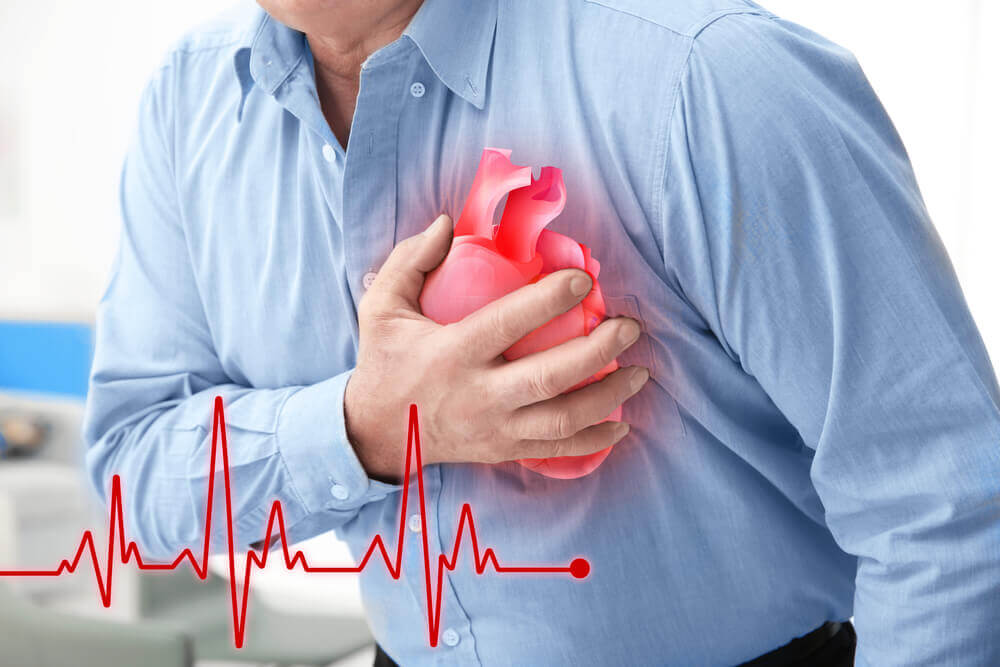Heart attacks, also known as myocardial infarctions, are potentially life-threatening episodes that need immediate and appropriate treatment. Medical research has made significant advances in creating new approaches for treating heart attacks throughout the years. This article will explore the latest heart attack treatment advancements, encompassing published and emerging strategies.
Emergency medical response
It is critical to respond quickly after a heart attack. Emergency medical services (EMS) are essential in providing quick and effective care. The use of advanced pre-hospital care has resulted in significantly better patient outcomes. EMS teams are equipped with technology such as electrocardiograms (ECGs) to detect a heart attack on the spot. Because of the early discovery, they may begin appropriate heart attack treatment before the patient arrives at the hospital.
Primary angioplasty
Primary percutaneous coronary intervention (PCI), often known as angioplasty, is one of the most successful treatments for heart attacks. During this treatment, a catheter is put via blood arteries to the blocked coronary artery. The obstruction is subsequently removed, and a stent is sometimes used to maintain the artery open. In many cases, primary angioplasty is preferable over standard fibrinolytic treatment because of better success rates and decreased risk of complications.
Antiplatelet therapy
Antiplatelet medications, such as aspirin and clopidogrel, are essential in the treatment of heart attacks. These medications reduce platelet aggregation, avoiding the production of blood clots that can aggravate coronary artery blockage. Novel antiplatelet drugs, such as ticagrelor and prasugrel, have recently been released, providing quicker and more effective platelet inhibition and improving outcomes in heart attack patients.
Thrombolytic therapy
While primary angioplasty is the recommended reperfusion technique, thrombolytic therapy is still a significant alternative, particularly when fast PCI access is difficult. Thrombolytic medications like alteplase and tenecteplase break blood clots and restore blood flow to the heart muscle. However, because they may raise the risk of bleeding, their usage requires careful assessment of the patient’s circumstances.
Cardiac rehabilitation
Beyond the acute period, cardiac rehabilitation is critical in the overall management of heart attacks. Exercise, lifestyle changes, and psychological support are part of rehabilitation programs to help patients recover physically and emotionally. Cardiovascular rehabilitation has been shown to boost long-term results, lower the risk of future cardiovascular events, and increase overall quality of life.
Remote patient monitoring
Technology advancements have given rise to remote patient monitoring devices, allowing healthcare personnel to remotely track heart attack survivors’ vital signs and cardiac state. Wearable devices and mobile applications are used in these systems to provide real-time data, allowing for early identification of possible problems and quick response. Remote monitoring increases not just patient care but also the efficiency of healthcare delivery.
Stem cell therapy
Stem cell therapy, emerging on the regenerative medicine frontier, promises to rebuild damaged heart tissue following a heart attack. Clinical trials are being conducted to investigate using stem cells from different places, including bone marrow and adipose tissue, to accelerate cardiac muscle regeneration. While the research is still in its early stages, initial results show that stem cell treatment can help rehabilitate cardiac function and possibly lower the likelihood of heart failure.
Genetic testing and personalized medicine
Genetics is making essential contributions to cardiovascular medicine. Genetic testing may detect people who are predisposed to heart attacks based on their genetic composition. This information allows medical professionals to adjust treatment plans and treatments to each patient’s needs, opening the path for personalized medicine in cardiovascular care.
The bottom line
The landscape of heart attack treatment is constantly changing, with continuing research and technological advances defining the future of cardiovascular care. These breakthroughs not only increase the immediate survival rates of heart attack patients, but they also lead to improved long-term outcomes and quality of life. The prognosis for people who have heart attacks is getting better as science and technology advance, providing hope for a healthier and more resilient future.
